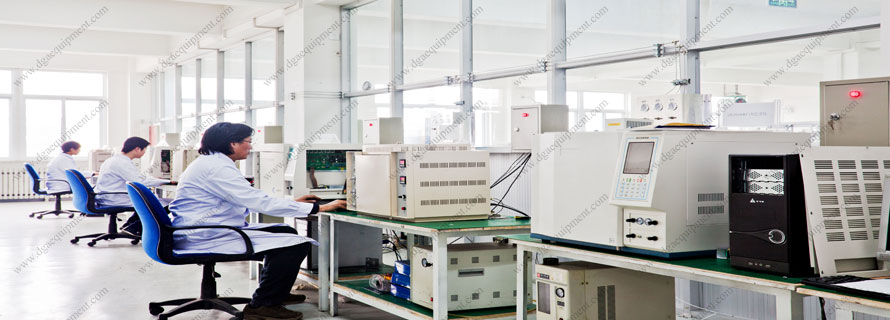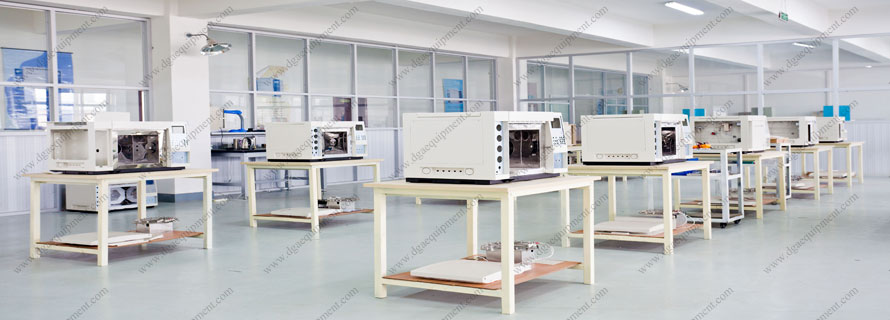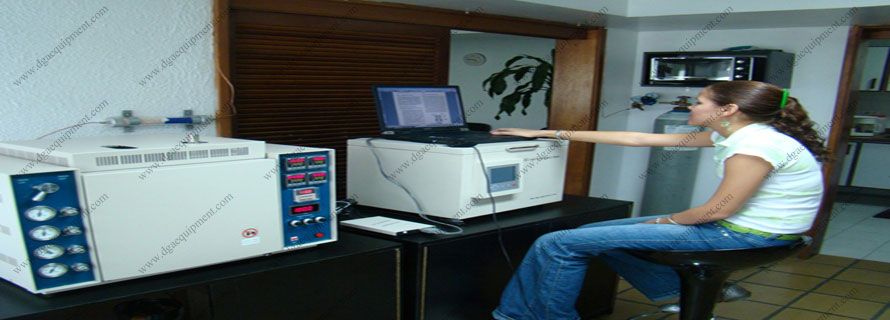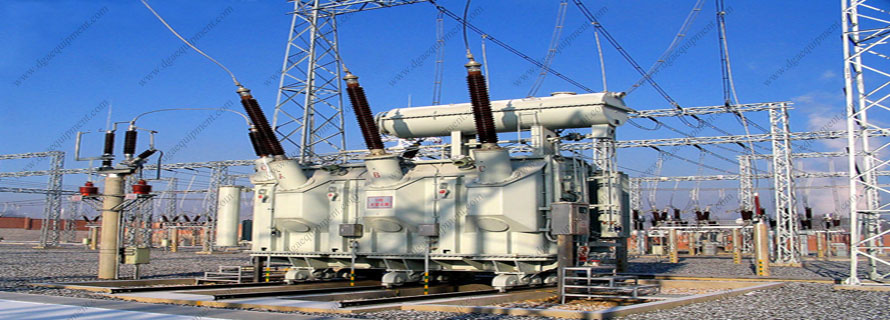ASTM D5846 Universal Oxidation Test for Hydraulic and Turbine Oils
ASTM D5846 Standard Test Method for Universal Oxidation Test for Hydraulic and Turbine Oils Using the Universal Oxidation Test Apparatus
8. Sampling
8.1 Samples for this test can come from tanks, drums, small containers, or operating equipment. Therefore, use the applicable apparatus and techniques described in Practice D4057 or IP 2546 to obtain suitable samples.
8.2 Special precautions to preserve the integrity of a sample will not normally be required. Follow good laboratory practice. Avoid undue exposure of samples to sunlight or strong direct light. Use only samples that are homogeneous on visual inspection.
9. Preparation of Apparatus
9.1 Cleaning Glassware:
9.1.1 Clean new glassware by washing with a hot detergent solution, using a bristle brush; rinse thoroughly with tap water. When any visible deposits remain, soak with hot detergent solution and repeat rinses. After final cleaning by soaking with a suitable cleaning solution rinse thoroughly with tap water then distilled water and dry at room temperature or in an oven. A final rinse with iso-propyl alcohol or acetone will hasten drying at room temperature.
9.1.2 Clean used glassware immediately following the end of a test. Drain the used oil completely. Rinse all glassware with heptane to remove traces of oil. Then clean the glassware by the procedure described in 9.1.1 before re-use.
9.2 Cleaning Catalyst:
9.2.1 Clean equal lengths of iron and copper wire with wads of absorbent cotton wet with heptane or other saturated paraffinic solvent of comparable boiling point. Follow by abrasion with 100-grit silicon carbide abrasive cloth until fresh metal surfaces are exposed. Wipe with dry absorbent cotton to remove loose particles of metal and abrasives. Repeat with fresh cotton until no particles are visible. In the following operations, handle the catalyst with clean gloves (cotton, rubber, or plastic) to prevent contamination from oils on the skin.
9.2.2 One procedure for preparing clean catalyst wire is to cut 0.50 +/- 0.01 m lengths of wire. Hold one end of the wire tightly with a pair of clean pliers or in a vise while cleaning with the abrasive cloth. Reverse ends of the wire and repeat.
9.2.3 Alternately, clean a longer length of wire (3 to 5 m) and then cut 0.50 +/- 0.01 m lengths from the clean wire.
9.3 Preparation of Catalyst Coil:
9.3.1 Twist the iron and copper wires tightly together at one end for three twists. With the two wires parallel, wind the wires around a cylindrical mandrel to produce a single coil 15.9 to 16.5 mm in inside diameter. The mandrel described in Test Method D943 is satisfactory, but other cylindrical metal or wood stock can be used. Remove the coil from the mandrel and secure the free ends with three twists. Bend the twisted ends to conform to the shape of the spiral coil. Stretch the coil to produce a finished coil with an overall length of 80 +/- 8 mm as shown in Fig. 2.
9.3.2 Store the catalyst coil in a dry, inert atmosphere until use. For storage up to 24 h, the coil can be stored in heptane. Before use, inspect stored coils to ensure that no corrosion products or contaminating materials are present.
9.4 Use a fresh catalyst coil for each test. Do not reuse coils.



